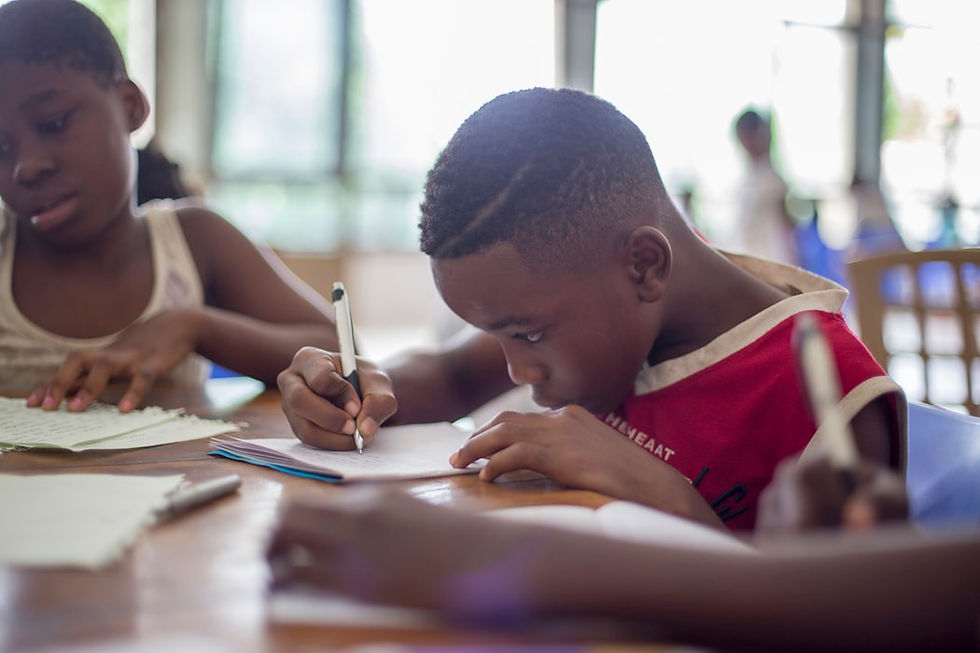Learning in the era of new technologies: the challenge of Latin America
- Andrea Bencivenga
- 19 mar 2020
- Tempo di lettura: 2 min
The digital revolution has raised new, important issues with which the educative institutions must deal. According to the OECD data, Latin America is one of the areas in which the school system has the greatest need for innovation to avoid being left behind.

The digitalisation of all the aspects of daily life is not something that is coming. It is a process in full swing that has changed the entire physiognomy of society, of culture and of economy. Suffice it to think about the number of companies that up until some years ago seemed steady cornerstones of the market economy and that were unable to resist the wave of new technologies.
According to OECD (Organisation for Economic Co-operation and Development), 40% of the jobs that students would like to have as they grow up will disappear throughout the next 15 years. This reality imposes to rethink also the entire education system, by abandoning the old approach based on mnemonic learning for the benefit of a new approach that favours critical and analytical thinking.
The problem is that the current educative system is not only unable to face these new necessities, but it is frequently unable to meet the needs of the traditional approach. One of the areas that is more affected by this condition is South America.
According to the indicator of learning poverty developed by World Bank, more than half of children of 10 years of age living in Latin America and in the Caribbean have serious difficulties when it comes to reading and understanding a simple paragraph of a written text.
The educative lacks in the area of Latin America are confirmed by the Programme for International Student Assessment, a project of OECD that compares the educative systems of over 70 countries. The results show that, on average, a student from Latin America has a three-year delay with regard to school knowledge as compared to students with the same characteristics who live in countries such as Australia, Sweden and United States.
To face this situation, the World Bank has developed a strategy that is divided into four directions:
to invest in pre-school education;
to innovate the teaching strategies by implementing the use of new technologies;
to prevent school leaving by promoting the flexibility of upper secondary education and by nurturing the social-emotional competences to improve the learning motivation and experience;
to improve the governance through the introduction of mechanisms to grant quality and functioning.







Commenti